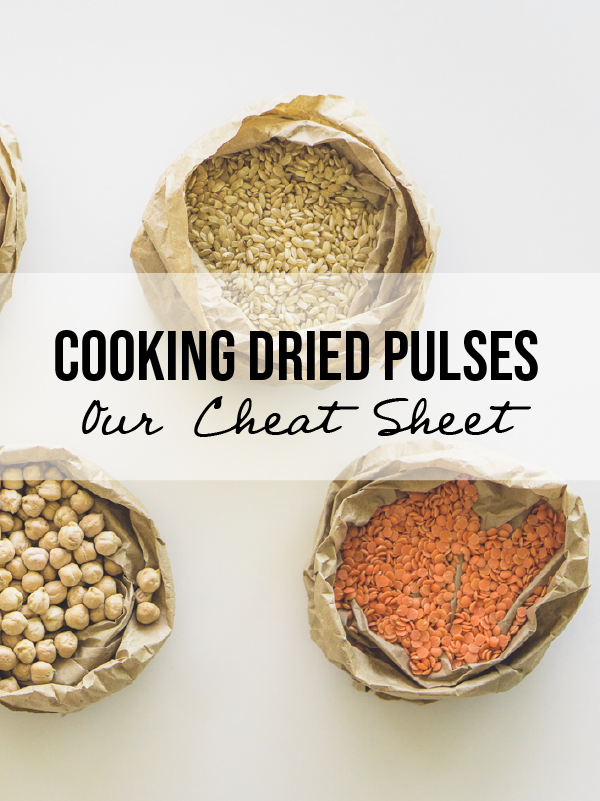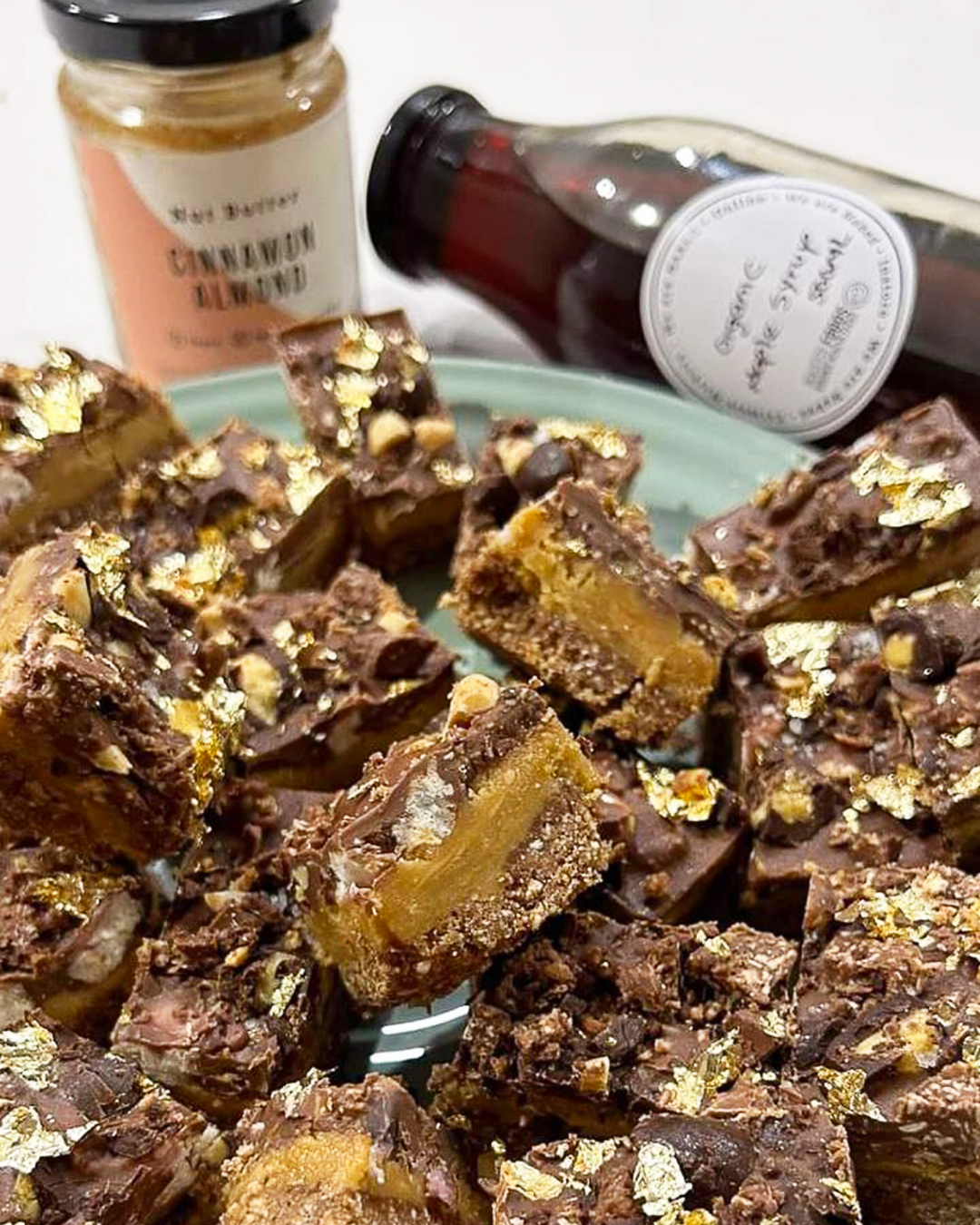Pulses (beans, peas, and legumes) are incredibly nutritious, containing both protein and fibre, as well as a significant source of vitamins and minerals, such as iron, zinc, folate, and magnesium. Pulses are a great addition to any diet, but many tend to shy away from using dried pulses as at first glance they can seem harder to cook. At Naked, we want to challenge that theory by showing you how easy it is to use dried pulses in your cooking. Once you get into the habit, you’ll realise that it’s just as easy, and the benefits are many.

You can read all about the perks of cooking with dried pulses here, but to name a few:
- The majority of conventional tinned and canned pulses contain additional preservatives and sodium.
- Tinned pulses are usually sold in packaging made from BPA and/or aluminium, which is bad for our health and contributes to unnecessary waste, which affects the environment.
- Properly soaking pulses prior to cooking enhances the nutritional profile of a pulse, and makes them easier to digest.
- Pulses tend to be much cheaper to buy dried than canned.
To help you include more dried pulses into your diet, we’ve created a cheat sheet that shows you exactly how to cook with dried pulses.
How to Get Started
When it comes to cooking with pulses, you need to complete the following steps: Rinse, soak, cook.
Rinsing
Prior to soaking, make sure you wash your pulses well. To do this, add it to a strainer or colander and rinse well with cold water. Mix them around under the running water until the water runs clear and any residue on the pulses has been removed. Drain off the rinsing water and place in a bowl ready to be soaked.
Soaking and Cooking
The following cheat sheet shows you how long you need to soak and cook each of the pulses for. This is a great kitchen resource to have on hand for all your pulse-based kitchen creations. All of the pulses in the table can be found at Naked Foods stores and online. Happy cooking!
|
Soaking & Cooking Guide: Pulses
|
|||
|
Pulse – (1 cup) |
Soaking – (For every cup of dried pulses, soak in 3 cups of cold water) |
Regular Cooking Time – (Discard soaking water and cook in fresh, cold water) |
Pressure Cooking Time – (Discard soaking water and cook in fresh, cold water) |
|
Azuki Bean |
1 – 2 hours |
45 – 50 minutes |
15 – 20 minutes |
|
Black Turtle Bean |
4 – 6 hours |
45 – 60 minutes |
15 – 20 minutes |
|
Borlotti Bean |
8 – 10 hours |
1.5 – 2 hours |
15 – 20 minutes |
|
Channa Dal |
1 – 2 hours |
25 – 35 minutes |
10 – 15 minutes |
|
Chickpeas |
Overnight |
1.5 – 2 hours |
15 – 20 minutes |
|
Kidney Bean |
Overnight |
1 – 1.5 hours |
10 minutes |
|
Green Split Peas |
2 – 4 hours |
35 – 40 minutes |
Not advised |
|
Green Lentils |
2 – 4 hours |
30 – 45 minutes |
6 – 8 minutes |
|
Red Lentils |
1 – 2 hours |
20 – 30 minutes |
5 – 7 minutes |
|
Mung Bean |
Overnight |
1 – 1.5 hours |
8 – 10 minutes |
|
Soy Bean |
Overnight |
3 hours |
15 minutes |
Words by Brittany Darling – Accredited Nutritionist and Herbalist.










